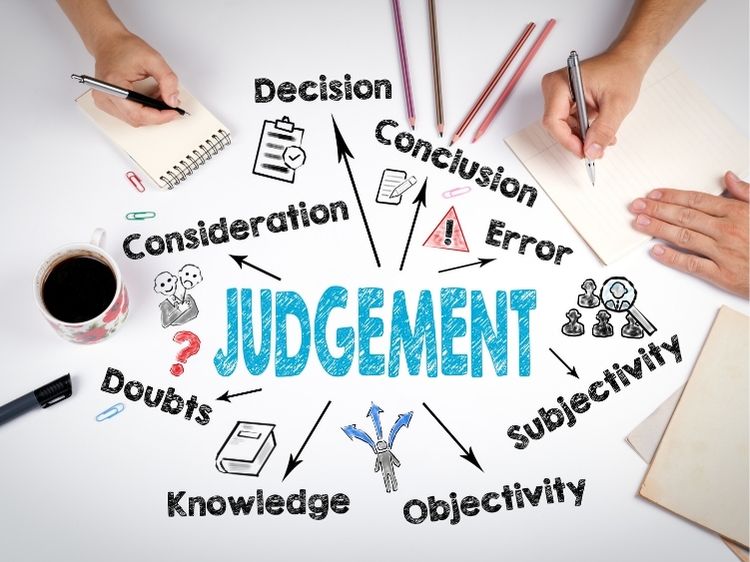Defective Product Lawsuits: What You Need to Know
Imagine buying a product you’ve been eyeing for months. You get it home, excited to use it, only to have it malfunction and cause harm. Frustrating, right? This scenario, unfortunately, is all too common and often leads to what’s known as a defective product lawsuit. But what exactly does that mean? How do you navigate such a complex legal landscape? This article will guide you through everything you need to know about defective product lawsuits—from understanding your rights to knowing when and how to take legal action.
What Are Defective Product Lawsuits?
Defective product lawsuits arise when a product fails to perform safely or as expected, leading to injury, damage, or even death. These lawsuits fall under the broader category of product liability law, which holds manufacturers, distributors, and retailers accountable for putting unsafe products into the hands of consumers.
Types of Product Defects
There are three primary types of product defects that can lead to a lawsuit:
- Design Defects: These flaws are inherent in the product’s design, making it dangerous even before it’s manufactured. An example could be a car model prone to flipping over when making sharp turns.
- Manufacturing Defects: These occur during the production process, causing the product to differ from its intended design. For instance, a batch of medicine contaminated during production could lead to serious health risks.
- Marketing Defects (Failure to Warn): These involve improper labeling, insufficient instructions, or the failure to warn consumers about a product’s risks. A classic example is the lack of adequate warnings about the dangers of using a product in a specific manner.
Who Can Be Held Liable?
In defective product lawsuits, several parties can potentially be held liable:
- Manufacturers: The creators of the product can be held accountable if a defect is found in the design, manufacturing, or marketing.
- Distributors: These are the middlemen who distribute the product from the manufacturer to the retailer. They can be liable if they were aware of the defect.
- Retailers: Even if a retailer wasn’t involved in the product’s design or manufacture, they can still be held responsible if they sold a defective product.
Steps to Take if You’ve Been Harmed by a Defective Product
If you suspect a product you’ve purchased is defective and has caused harm, follow these steps to protect your rights and build a strong case:
- Seek Medical Attention: Your health should be your top priority. Ensure you get any injuries treated immediately and keep all medical records.
- Preserve the Product: Don’t dispose of the defective product. Keep it, along with its packaging, instructions, and any other relevant materials. This serves as crucial evidence in your case.
- Document Everything: Take photos of the product, your injuries, and the scene where the incident occurred. Also, keep a record of your purchase, including receipts and warranties.
- Consult a Lawyer: Contact a lawyer experienced in product liability cases. They can help you understand your rights and guide you through the legal process.
Proving a Defective Product Lawsuit
To win a defective product lawsuit, you must prove several key elements:
- The Product Was Defective: You need to show that the product had a defect, whether in design, manufacturing, or marketing.
- The Defect Caused Your Injury: It’s not enough to prove the product was defective; you must also demonstrate that this defect directly caused your injury.
- You Were Using the Product as Intended: You’ll need to prove that you were using the product in a way that it was meant to be used or in a reasonably foreseeable way.
Common Defenses in Defective Product Lawsuits
Manufacturers and other defendants may use various defenses to fight against defective product lawsuits:
- Product Misuse: If you were using the product in a way it wasn’t intended or in a manner that was unforeseeable, the defendant might argue that this misuse caused your injury, not the product defect.
- Contributory Negligence: This defense suggests that you were partly responsible for your injury, which could reduce or eliminate the defendant’s liability.
- Assumption of Risk: The defendant might argue that you knew the product was dangerous but used it anyway, assuming the risk involved.
FAQs About Defective Product Lawsuits
- How long do I have to file a defective product lawsuit?
The time limit, known as the statute of limitations, varies by state but typically ranges from 2 to 4 years from the date of injury or discovery of the defect.
- Do I need to recall the product before filing a lawsuit?
No, you don’t need to wait for a recall to take legal action. If you’ve been harmed by a defective product, you can file a lawsuit independently of any recall process.
- Can I sue for emotional distress caused by a defective product?
Yes, you may be able to claim damages for emotional distress if it can be proven that the defective product caused significant emotional suffering.
- What compensation can I receive in a defective product lawsuit?
Compensation can cover medical expenses, lost wages, pain and suffering, and even punitive damages in cases where the manufacturer’s conduct was particularly egregious.
- Can multiple parties be sued in a defective product lawsuit?
Absolutely. Often, lawsuits involve multiple defendants, including manufacturers, distributors, and retailers.
Conclusion
Defective product lawsuits are a vital tool for consumers to hold companies accountable for the safety of their products. If you’ve been injured by a defective product, understanding your rights and the legal process is crucial. From recognizing the type of defect to knowing who can be held liable, being informed can make all the difference. Remember, always consult with a legal professional to ensure your case is handled properly.



